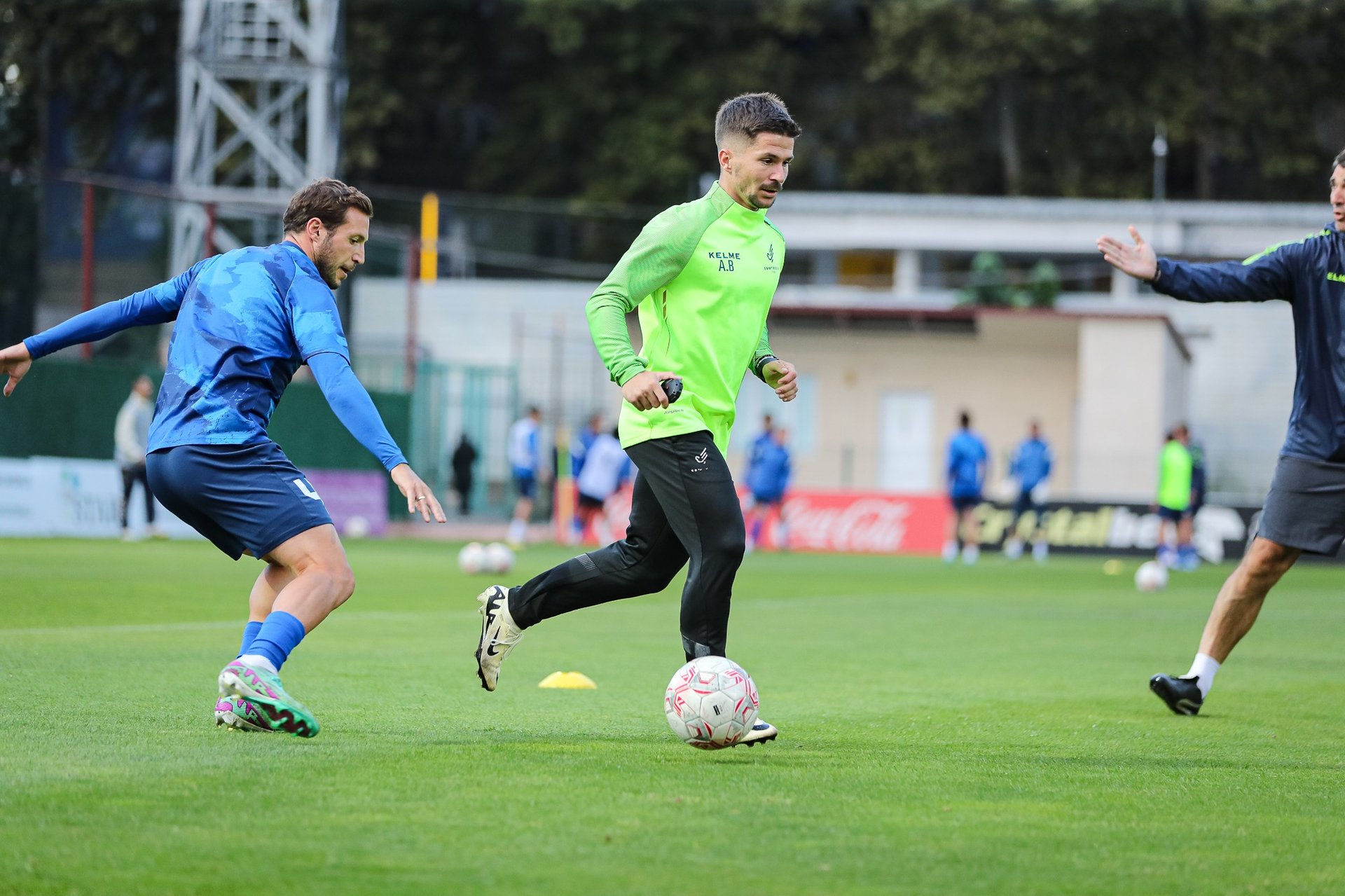Training Load Management
Understanding the load management


Managing Training Load in Football Performance
A primary area of control for coaches and performance staff when working with football players involves the modification and monitoring of the training load athletes experience. Training load is categorized into two main areas: External Load and Internal Load.
External Load
External load refers to the physical tasks performed by athletes during training sessions on the pitch and in the gym. It can be quantified using various objective measures, including:
GPS Systems: Tracking total distance covered, time spent in specific speed zones, accelerometer data, and velocity-based metrics.
Neuromuscular Function: Assessments such as jump tests, drop jumps, sprints, and strength evaluations.
The volume and intensity of these exercises create physiological, psychological, and biomechanical responses in the athlete, which are collectively known as Internal Load.
Internal Load
Internal load reflects the athlete's individual response to external stimuli. It can be measured through various physiological and subjective methods, including:
Heart Rate Monitoring: Metrics such as percentage of maximum heart rate, time spent in the "red zone" (>85% max HR), and heart rate variability (HRV).
Biomechanical Assessments: Biological markers such as creatine kinase levels, blood lactate concentration, hydration status, and hormonal responses.
Subjective Questionnaires: Pre- and post-training wellness questionnaires to capture self-reported perceptions of fatigue, soreness, and readiness.
Optimizing Training Adaptations
As performance coaches, our responsibility is to ensure that training loads are appropriately managed to drive positive adaptations and support optimal performance during competition. By carefully balancing external and internal loads, we can enhance player readiness, reduce injury risk, and maximize game-day performance.

